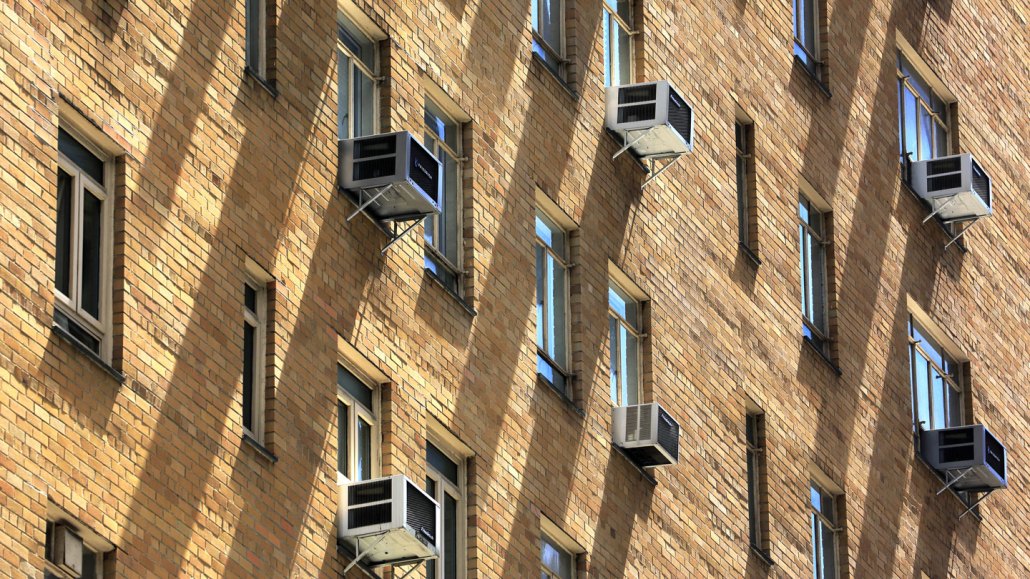How extreme heat from climate change distorts human behavior
As temperatures rise, violence and aggression also go up while focus and productivity decline

Intense heat can affect human behavior, from making it hard to focus to prompting aggression. One solution is to ensure broader access to air conditioning (as seen in these window units in a Manhattan building), particularly in areas where an abundance of paved and built surfaces can create “urban heat islands.”
Bruce Yuanyue Bi/The Image Bank/Getty Images Plus